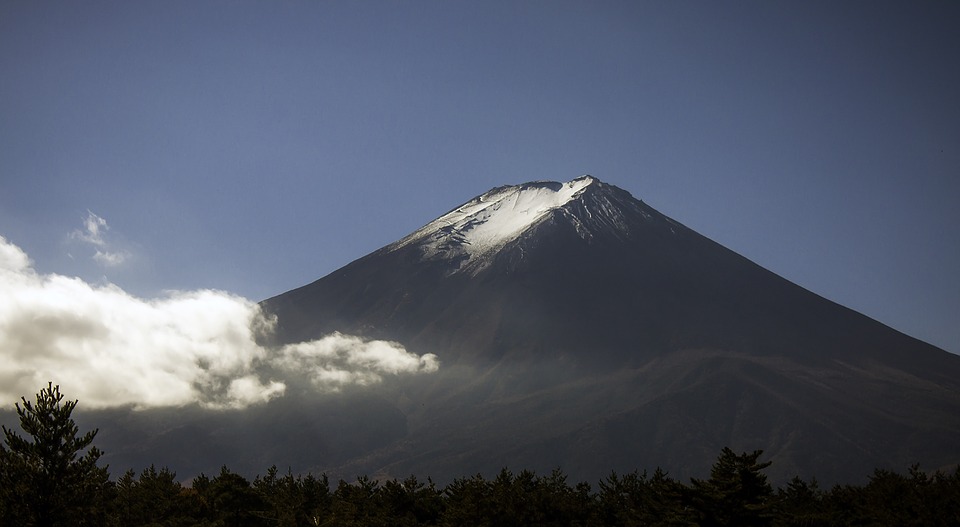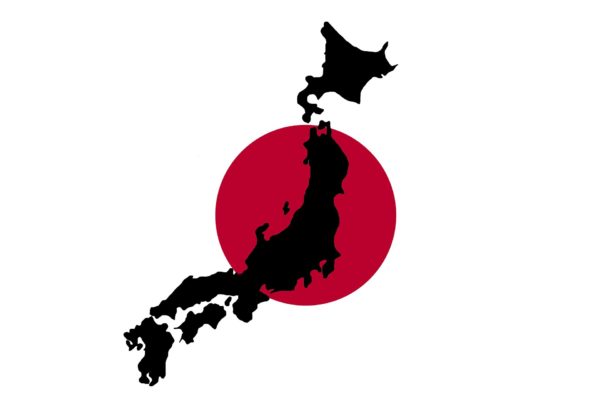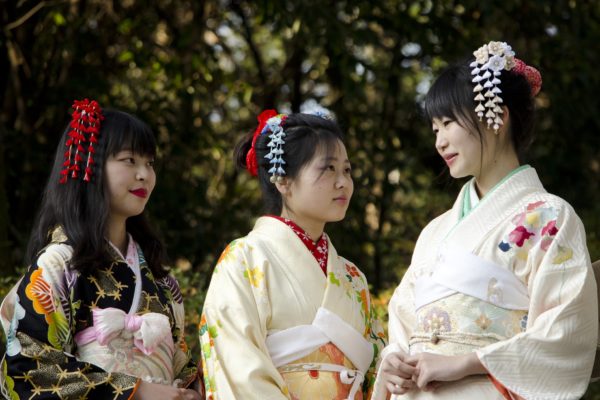It is no surprise that Japan is among the world’s top tourist destinations. It has an abundance of historic landmarks, rich cultural heritage, gorgeous natural landscapes and sceneries, and some of the best tasting dishes you will ever encounter in your life. It is also known for being a safe and secure country that has significantly fewer dangers and threats to foreign visitors in comparison to the rest of the world.
Crimes
The Global Peace Index ranks Japan as one of the top 10 safest and most peaceful and harmonious nations and regions in the world, along with Iceland, New Zealand, Portugal, Austria, Denmark, Czech Republic, Slovenia, Canada, Switzerland, and Ireland. The country has low crime rates, and the locals are generally nice and helpful. For these reasons, it is frequently recommended to newbie travelers as a good first destination to visit.
Natural Disasters
Because Japan lies in the Pacific Ring of Fire and the so-called Pacific typhoon belt, it is prone to experiencing volcanic eruptions, earthquakes, tsunami, and typhoons.
Volcanic eruptions

Approximately 10% of the total active volcanoes today are in Japan, and the list includes Mount Io, Mount Rishiri, and Mount Usu in Hokkaido; Mount Aso and Mount Yufu in Kyushu; and Mount Hakone, Mount Bandai, and the iconic Mount Fuji in Honshu.
The last major eruption was in 2014 by Mount Ontake, which is Japan’s second highest volcano (at a height of 3,067 metres), located about 100 kilometres from Nagoya and 200 kilometres from Tokyo. It had a Volcanic Explosivity Index (VEI) of 3 or 4, which is a classification described as catastrophic to cataclysmic. It left 63 people dead, and five missing.
Earthquakes
Every year, Japan records around 1,500 earthquakes that include ones that are as strong as magnitudes 4 to 6. Throughout its history, it has encountered some of the greatest the world has ever seen, including the Great Kanto earthquake, a magnitude 7.9 earthquake that hit the Kanto Plain on Honshu island in 1923 and left 130,000 people dead; the Great Hanshin earthquake, also known as the Kobe earthquake, which was a magnitude 7 that devastated the southern part of Hyogo Prefecture in 1995 and killed more than 6,400 people; and the 2011 Tohoku earthquake, which was a magnitude 9 that caused 16,000 deaths and several thousands more injured or missing.
Tsunami
Japan has a long recorded history of tsunami, and the first documented one happened in 684 CE. A magnitude 8.4 earthquake occurred and caused huge tidal waves to hit the shores of Awaji, Shikoku, and Kii. The last major one was in 2011, known as the 2011 Tohoku earthquake and tsunami. The magnitude 9 earthquake triggered 10-metre high waves that swallowed the country’s northeastern coast, leaving almost 19,000 people dead and missing.
Typhoons
May to October is Japan’s typhoon season. Each year, about a dozen typhoons hit the country, with varying impacts and intensities. The strong ones can cause landslides and water levels to rise, which can lead to disruptions to transportation services, including cancelled flights, delayed bus and train departures and arrivals, and closed down highways and expressways. Sometimes, they can also result to damaged properties, injuries, and even deaths.
Protecting Yourself
The Japan Meteorological Agency is in charge of gathering and reporting scientific data on weather, earthquakes, volcanic eruptions, tsunami, and other natural phenomena to the public, and they send out early warnings and notices to help everyone prepare for an upcoming natural disaster.
Before going to Japan, it is advised that you become familiar with these early warnings and notices to know what to do in these instances.
Volcanic Eruption Forecasts and Warnings
These are available for the 110 active volcanoes found across the country to allow people in the vicinity to evacuate and to minimize potential damages and casualties. Do not attempt to get near or enter an area that has been restricted due to volcanic activity. If you encounter an eruption, get as far away from the crater as possible, and cover your nose and mouth to prevent inhaling the volcanic gas and ash.
Earthquake Early Warning Alarms
These are broadcasted on televisions, radios, cellular phones, and smartphones. If you see or read one, or hear the alarm while you are in your hotel room, do not panic, remain calm, and find a spot away from windows, bulky furniture and appliances, and doorways. Hide under a sturdy and durable table until the shaking stops. If you are at a sightseeing spot, stay calm and follow instructions given by the staff.
Tsunami Advisories and Warnings
These are issued about three minutes after an earthquake occurs. If you get one of these, move to higher grounds or elevated areas and remain there until the warning is cancelled.
Weather Warnings
Weather warnings and advisories are released in cases of strong winds and heavy rains that may lead to serious devastation. If possible, cancel your sightseeing plans, stay indoors, and wait until the weather is better. Communicate with your lodging or accommodation, as they are familiar with the best steps to take during these circumstances.
Designated Evacuation Shelters
All over Japan, there are Designated Evacuation Shelters where people can stay until the dangers and risks brought about by the natural disasters are gone. They are typically public facilities authorized by the local governments, and include community centres and schools. In some areas, they can also be ryokan, inn, guesthouses, and hotels. To know where the closest Designated Evacuation Shelter is, consult with your lodging or accommodation.
Important Websites
Before heading out to Japan, it is recommended that you bookmark the following websites for weather forecasts, natural disaster updates and advisories, and lists of agencies and facilities to contact in case of emergencies:
- Japan Meteorological Agency – for up-to-date weather forecasts, disaster warnings and advisories, and others
- Ministry of Foreign Affairs of Japan – for a list of embassies and consulates in Japan (with their addresses and phone numbers)
- Japan Health Info – for assistance in locating English-speaking clinics and hospitals in case of medical emergencies



